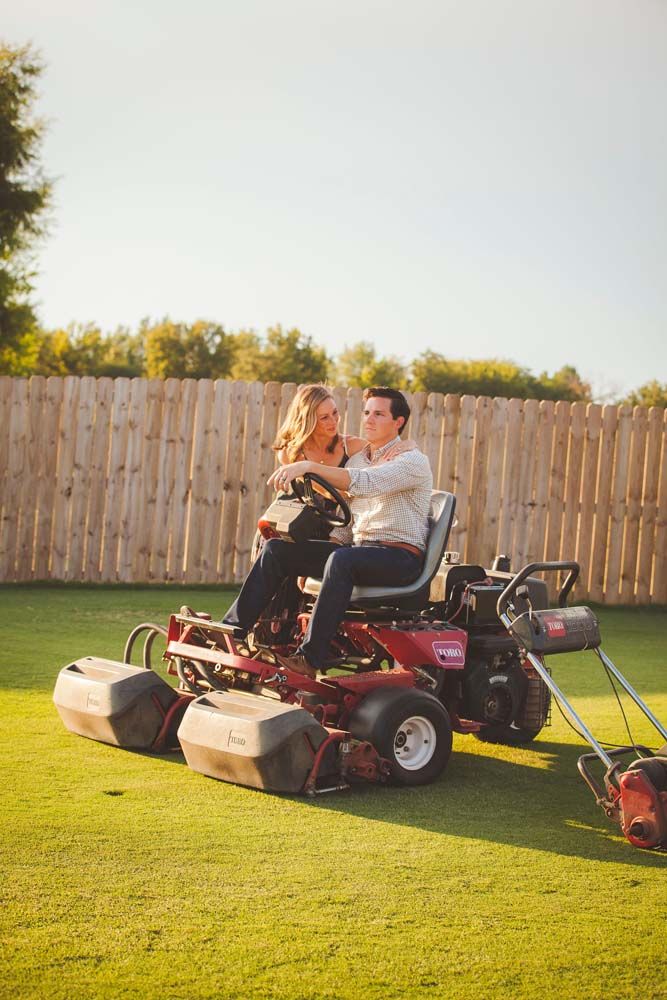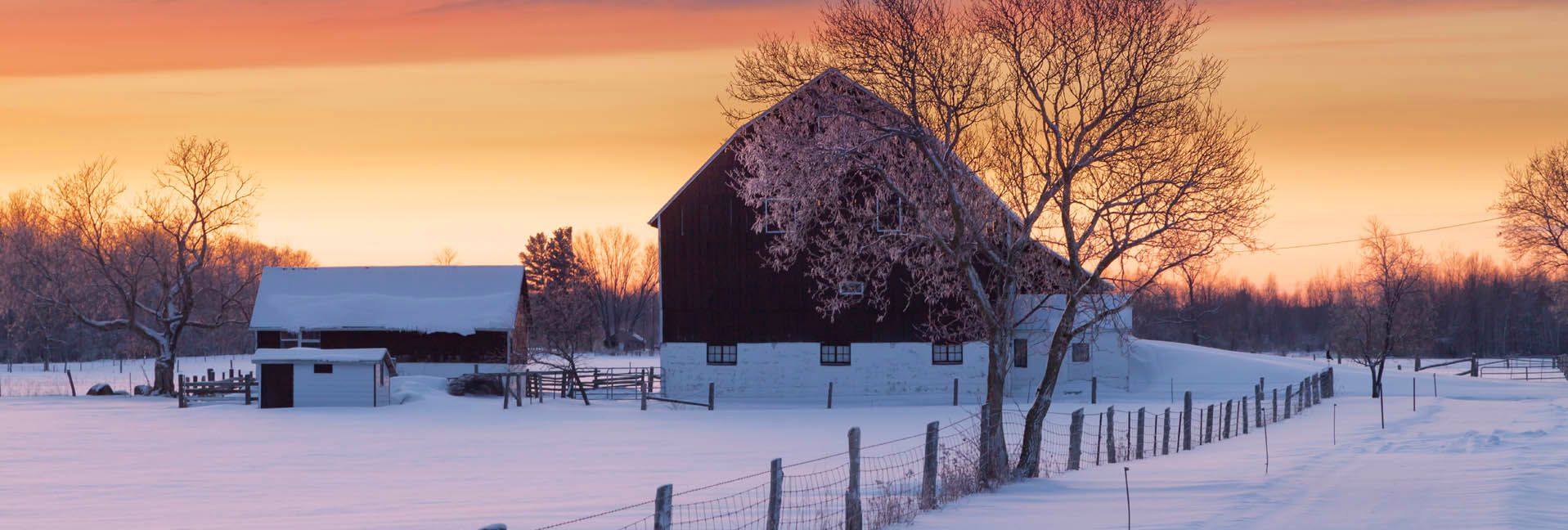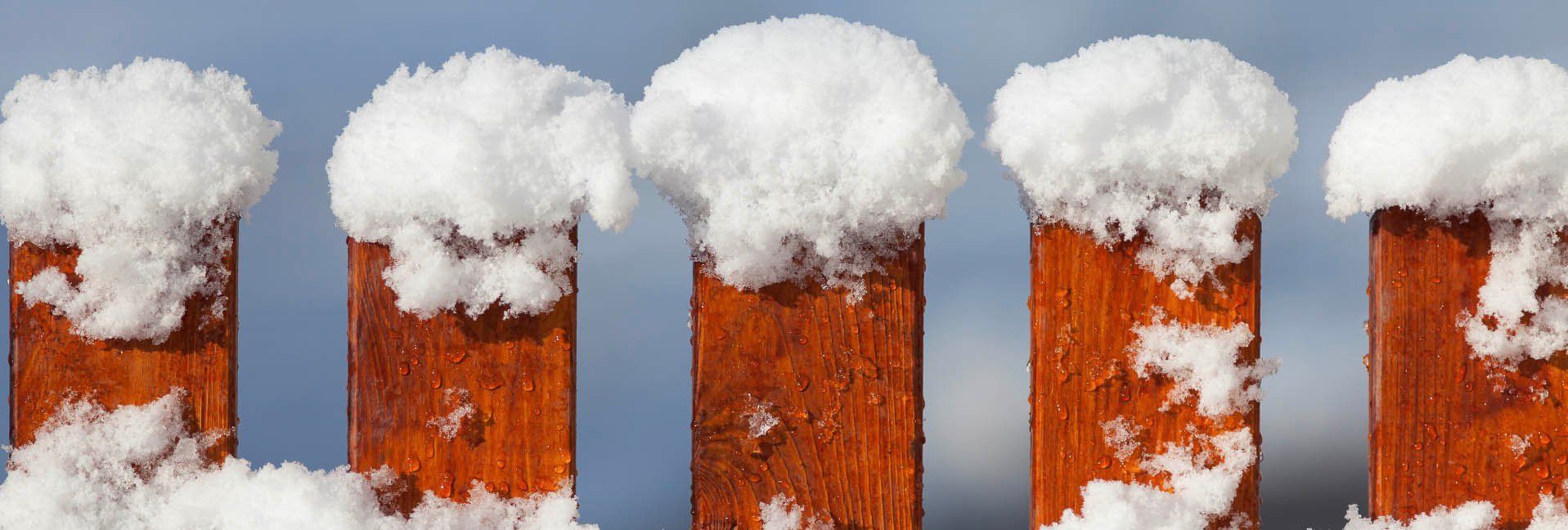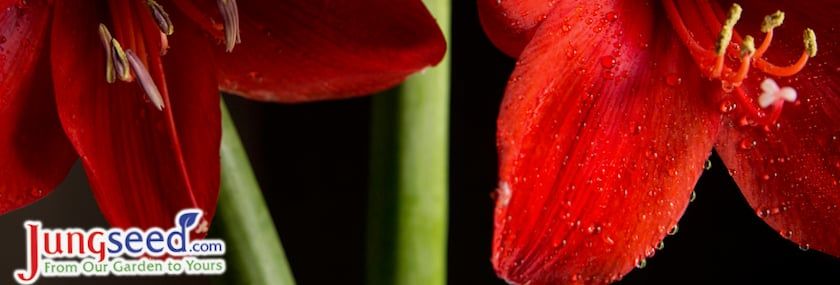High-demand crops that yield a premium price


Written by Jonathan Reed
July 27, 2023
Truffles aren’t much to look at—a knobby little gray, pale white, or black lump resembling a rock. But when placed in the hands of a skilled cook, they bring an entirely new gustatory experience to bear.
Called the “diamonds of gastronomy,” certain kinds are also hideously expensive; $200 per ounce isn’t unknown.
First, they are rare (more on that later). Like many fresh foodstuffs, some truffles must be used within days of harvest, if not hours. They are difficult to locate and require specialized equipment to harvest—dogs are common these days, but Europeans for centuries used hogs.
Roll all this together in a chef’s hands, and the way truffles transform food lets hunter/gatherers charge what the market will bear.
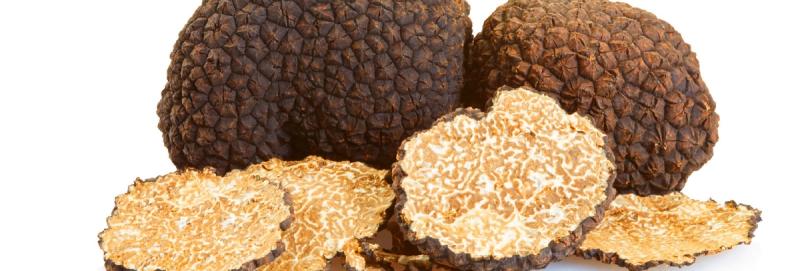
Farmers everywhere look for high-demand crops that yield a consistent premium price. Could raising truffles be a solution?
It’s a fungus
Truffles are fungi growing underground among the roots of certain trees. They are naturally-occurring and hard to find, not unlike springtime’s morel mushrooms. There are many species, the most desirable being the Black Périgord truffle from France and the Italian White.
Truffles are finicky
That’s an understatement. In the wild, truffles need some very specific natural habitats beneath the proper trees: Deep, freely-drained soil, often rocky or calcareous, and a pH of 7.6 to 7.9. Mild, non-freezing winters with spring-to-summer rainfall are needed.
What trees are needed?
That depends on what kind of truffle you’re looking for, and where you happen to be. In Spain, France, and Italy the desirable Black Périgord truffle grows beneath the shade of oaks, hazelnut, chestnut elm and poplar.
In Oregon, both white and black truffle species can be found in the wild in Douglas fir forests, but sometimes in mixed conifer and less-moist oak and other hardwood forests. Scientists have even discovered truffles growing beneath pecan trees from Texas eastward.
Can you grow truffles?
Yes! Cultivation was generally unsuccessful until the 1970s, but scientists have made great strides since then. The American Truffle Company (ATC), for instance, cultivates the most sought-after black culinary truffles: The winter Périgord and the summer Burgundy (Périgord being the most valuable/expensive). The white truffle, primarily grown in Alba, Italy, has eluded cultivation, but ATC’s chief scientist, Dr. Paul Thomas, is working to crack the code.
Companies like the American Truffle Company provide inoculated seedlings, along with much expertise—you don’t just plant and forget.
Where to find truffles
In the U.S. there are three basic areas where truffles can be found. The first is along the West Coast, from southern California up through Oregon and Washington. The second is in the intermountain and plains areas from Colorado to south Texas, and west to Arizona. The third, in America’s southern hardwood forests, stretches through Tennessee, southern Indiana, West Virginia and Virginia, Maryland and through to southeast Pennsylvania.
These areas have the peculiar combination of soils, rainfall, moderate winters, elevation, and thick forest land to support truffle propagation and growth.
What can go wrong?
Like growing Christmas trees, it will take a few years before harvest is even possible. In general, the wait can be four to six years before an inoculated tree produces its first truffle (and some inoculated trees just don’t “take,” growers say.) One of ATC’s successes came in 2018 when a client’s first 3-inch Black Périgord truffle was harvested…from an orchard planted in 2011.
According to ATC’s Robert Chang, “nature and nurture are the key components of growing truffles.”
“The soil needs to be prepared for pH balance and then the saplings need to be cared for until they take solid root. It’s farming—the farmer needs to tend the crop according to instructions. The primary challenges are weather, varmints and, once the orchard is producing, thieves.”
(That first 3-inch truffle was immediately put to use by a tony Napa, Calif. restaurant, La Toque.)
How do you harvest truffles?
In Europe, female hogs are the traditional means of identifying an underground truffle. The ripe fungus gives off a scent sows interpret as coming from a male hog. Consequently, they root to locate it. Today, though, most truffle-hunters use specially trained dogs to accomplish the same result, and unlike pigs, canines won’t bite when you try to collect the truffle.
How do you train dogs?
Alana McGee operates the Truffle Dog Company in Washington, and she has been training dogs to sniff out the elusive fungi in the wild and in orchards for 11 years. It’s a collaborative effort, with the dogs sometimes catching on faster than their owners, she reports.
“We generally say you can teach the basics in a day or two,” she says, but “finding every truffle they come across reliably and efficiently, (takes) possibly a year or more.”
She approaches training like it’s a sport, and just like humans, some are more adept than others. “You can start your dog when they are 3 months old, to 13 years old,” she says, although young dogs are more sponge-like in their ability to learn. Plus, you have to keep at it.
A breed with a genetic history of truffle hunting is the Lagotto Romagnolo from Italy, but McGee says she also likes gun dogs or sporting breeds.
“That being said, we’ve trained Chihuahuas, Huskies, Mastiffs, Great Danes, French Bulldogs, Maltese, Goldens, Pitbulls, (and more) to do this. It’s really fun for most dogs.” Further, she has trained dogs all over the U.S. and overseas, too.
Uses for truffles
Until you start raising or hunting your own truffles, most know only of truffle oil or truffle salt. Many people pick up these factory-made products at the grocery story to to kick up their morning eggs, but they are a pale imitation at best.
Depending on the species, truffles impart a rich, almost musky aroma to food, building a savory “umami” experience—the inherent brothy or meaty flavor in some foods.
Chefs use truffles sparingly. Often, sliced or shaved truffles are incorporated into otherwise neutral items like pasta, risotto, or mashed potatoes to amp-up their flavor, or simply sprinkled on top.
For a real treat, truffles can be paired with mild cheeses, scallops, lobster, or even fish where some “earthiness” is desired.
Chefs will take the time to infuse the flavoring in an otherwise mild olive oil. This opens up an entire new experience, as it can be drizzled over popcorn, nuts, salads…you name it!
Where to taste truffles
Truffle season ranges from December through March (or summertime, depending on region), so now is the time to put a truffle festival on your travel calendar for next year.
Events typically include truffle hunting in the wild, educational sessions, watch-and-learn cooking demonstrations and—the part everyone enjoys—sumptuous meals where truffles are integral to the recipes.
Two of the most respected are held this time of year in Oregon’s beautiful Willamette Valley (Eugene, specifically) and in Napa, Calif.
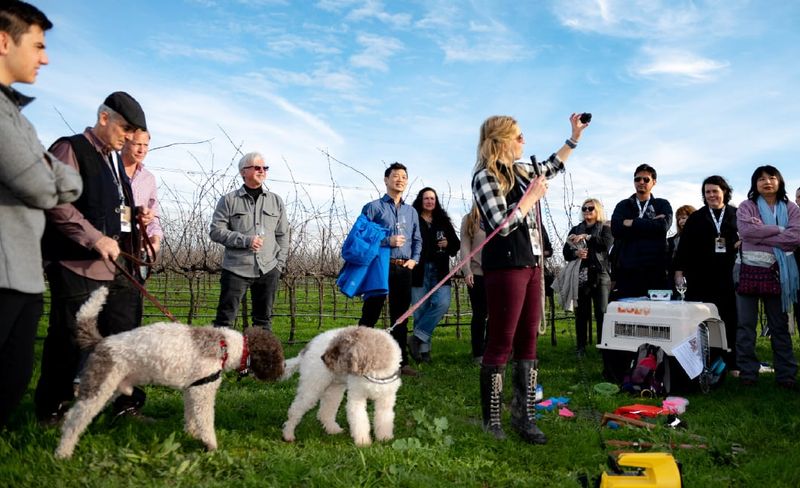
Truffles are healthy
One serving of truffles—1/10th of a teaspoon!—has 10 calories and 2 grams each of protein and fiber. They are a rich source of amino acids and minerals including phosphorus, copper, manganese, selenium and zinc.
Truffles are also high in antioxidants, have antibacterial properties, may reduce inflammation and might even help fight cancer.
Source: WebMD.com and healthline.com
Tags:Seasonal Living

Acreage Life is part of the Catalyst Communications Network publication family.







